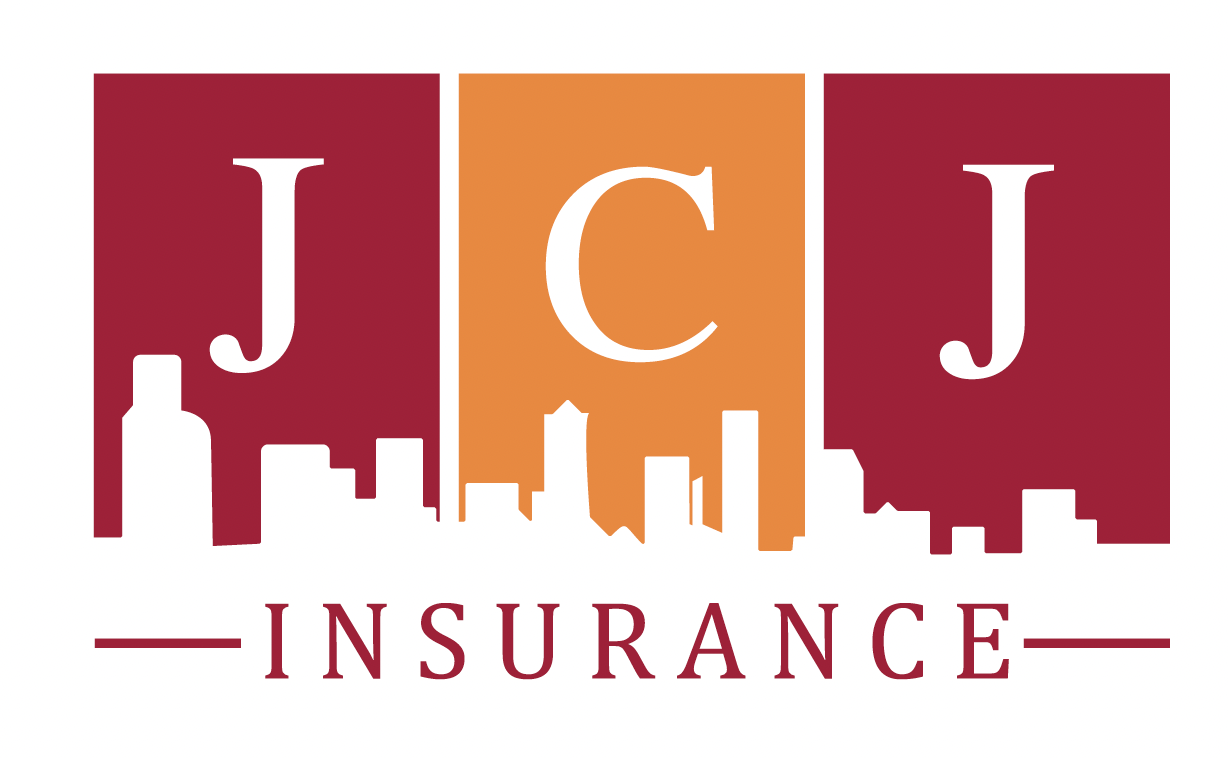By Mark Jackson, JCJ Insurance
Contracts are important tools for your business relationships with both clients and subconsultants. The different provisions in a contract can provide protection for your design firm if a dispute should arise. One such provision that we recommend be included in every client contract is a Limitation of Liability.
A Limitation of Liability (LoL) clause limits the design firm’s liability in the event of a claim related to your professional services. LoL clauses protect the assets of the firm in the event of a large claim or multiple claims.
Not all of your clients will accept a LoL clause but that should not stop you from asking for it in every contract. Even if only a small portion of your clients agree to it, LoL clauses reduce your overall financial exposure. Also, most insurance companies will give you a discount on the cost of your Professional Liability insurance based on the percentage of your contracts that contain a LoL clause. LoL clauses are especially important for small projects because they help balance the risk-reward benefit. The fees collected on smaller projects oftentimes do not justify the exposure of the firm for your insurance policy limits.
Some key points to consider when drafting LoL language:
- Do not attempt to relieve the firm of all liability. Instead, put a cap on the liability for a pre-determined amount. Language that attempts to eliminate all liability may make it unenforceable.
- Keep the LoL clause and any indemnity clause totally separate and apart.
- Make the LoL clause apply to actions against any principal, officer, agent and employee of the corporation, as well as the corporation itself.
- The LoL clause should apply to all causes of action by the client including breach of contract, breach of warranty, and negligence.
- The clause should not attempt to limit third party claims, but instead should address only claims by the client
Limitation of Liability (LoL) clauses can be drafted based on either a set dollar amount or a limit of insurance. The first type of clause specifies a fixed dollar amount or an amount equal to your contract fee. This set-limit clause is desirable for small fee projects. The design firm should not have to expose itself to a large claim for projects that generate very little profit.
The second type of Limitation of Liability clause seeks to limit your exposure to an amount of insurance. This type of clause can be written to include policy limits, however; we recommend that the limitation be tied to the insurance proceeds available at the time of settlement of a claim.
An example of a LoL clause is listed below:
In recognition of the relative risks, rewards and benefits of the project to both the Client and the Architect, the risks have been allocated so that the Client agrees, to the fullest extent permitted by law and notwithstanding any other provisions of this Agreement, to limit the total liability of the Architect to the Client and all subcontractors on the project, for any and all injuries, losses, expenses, damages of any nature whatsoever or claim expenses arising out of this agreement, from any cause or causes, so that the total aggregate liability of the Architect shall not exceed the total compensation received by Architect under this Agreement or $50,000, whichever is less. Such claims and causes include, but are not limited to, strict liability, negligence, professional errors or omissions, breach of contract or breach of warranty. This clause applies to all principals, directors, officers, employees, agents and servants of the Architect.
For projects based in Florida, you should also include separate contract language regarding Florida Statute 558.0035 that grants individual protection to licensed design professionals. The protection offered by the LoL language should apply to the design firm and the licensed individual.
If you hire subconsultants, you need to pay special attention to LoL clauses in your agreements. Although we stress the importance of getting LoL clauses, you should not grant a LoL to your subconsultants unless you get one from your client.
There is a case where a client filed a claim against an architect due to structural issues on the project. The architect did not have a LoL clause with the client, but their agreement with the structural engineer subconsultant granted a LoL that capped the subconsultant’s liability at $75,000. The claim settled in excess of $2M, with the structural engineer’s contribution limited to $75,000. The architect was responsible for the difference even though $1.3M of the damages were attributed to the subconsultant.
Limitation of Liability clauses are an important risk management tool for design firms. Limiting your liability can be as important as negotiating your fee and a LoL clause should be standard language in all of your client contracts.
This newsletter was published as a risk management service and should not be considered as legal advice. We recommend that questions regarding actual contract language be directed toward legal counsel licensed in Florida.
Mark Jackson is a founding partner of JCJ Insurance Agency. Mark specializes in professional liability and other commercial insurance for architects and engineers. Mark provides an array of services, including contract review and continuing education seminars. He serves as President for a/e ProNet, a network of insurance brokers and attorneys who specialize in serving design professionals. Mark graduated from UCF and has earned the Associate in Risk Management (ARM) designation from the Insurance Institute of America.
